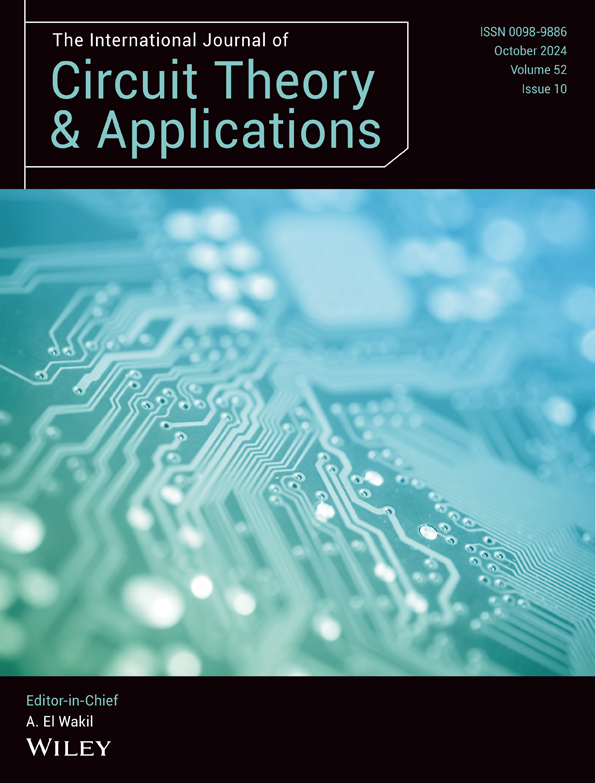Modeling, simulation, and experimental studies of a novel battery charger for fuel cell applications based on a new high step-up DC-DC converter
Summary
During winter, the proton exchange membrane fuel cell (PEMFC) faces operational challenges, potentially leading to ice formation in membranes and gas technology. To achieve favorable operational conditions and output voltage, suitable power electronic devices are indispensable. Consequently, the fuel cell module links to the battery through a DC-DC converter. Addressing the necessity for an efficient battery charger in fuel cell electric vehicle applications, this article introduces a new high step-up DC-DC converter. It employs a boosting structure, incorporating a coupled inductor to elevate voltage gain while substantially reducing voltage and current stresses on components, a fitting attribute for PEMFC electric vehicle battery chargers. Additionally, the proposed converter boasts high efficiency and a minimal component count. Moreover, the study meticulously explores various operating modes of the converter, offering comprehensive analyses and operational relationships. To evaluate dynamic behavior and ensure stability, the study employs small signal modeling and devises a controller based on the maximum power point tracking principle. MATLAB simulations validate the converter's performance, while a laboratory-built prototype (48 V input, 220 V output, 500 W) substantiates its characteristics, aligning with theoretical projections. Finally, a comparative analysis between simulation, experimentation, and theoretical calculations validates the converter's functionality. Ultimately, this work emphasizes the critical role of a well-designed high-efficiency DC-DC converter in the context of PEMFC electric vehicle battery charging during challenging winter conditions. The proposed converter's innovative design, minimal componentry, efficiency, and validated performance through simulation, experimentation, and theory underscore its potential significance in enhancing fuel cell electric vehicle technology.
Open Research
DATA AVAILABILITY STATEMENT
The data that support the findings of this study are available from the corresponding author upon reasonable request.




